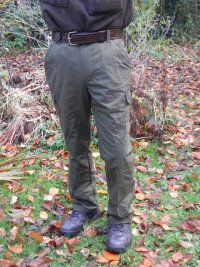What is the best waterproof, but still breathable, material for a jacket for the outdoors if you cannot maintain it in anyway other then basic cleaning with water, drying, etc. In other words, you cannot (re)apply any waxes/DFW/treatments/etc. I understand that when its wet, nothing is going to be breathable. When I say breathable I mean when the jacket is not wet. I was looking at jackets made with GORE-TEX and Ventile. It looks like some people say GORE-TEX will need re-treated after some time since it loses its waterproofing and some people say that it does not need re-treatment. After reading about Ventile, it seemed like this material is waterproof because of the properties of the material (and not any coating), yet it seems like manufacturers still add some kind of DFW coating. From what I understand, all these DFW coats lose its functionality either because of sun rays or because of wear.
Is there a jacket which will not lose its waterproof abilities?
Is there another material I should be looking at?
Is there a jacket which will not lose its waterproof abilities?
Is there another material I should be looking at?




